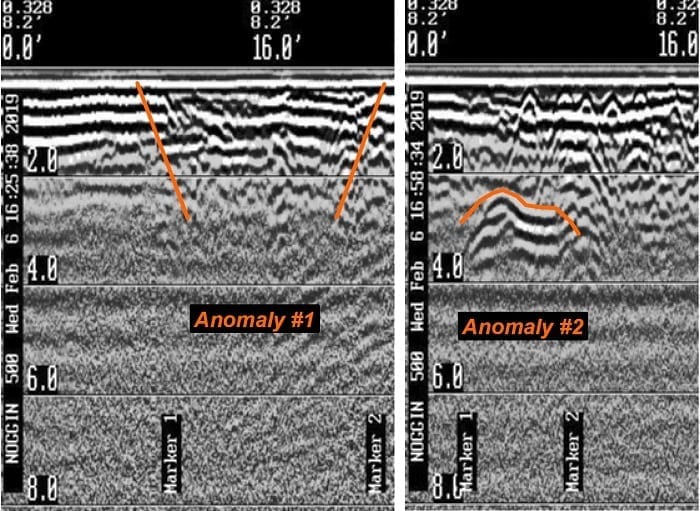All Categories
Featured
Table of Contents
Geophysical Survey in Munster Australia 2021
Much of the image consists of blank areas now with little or no radar action. The "courtyard" wall is still showing strongly, however, and there are continuing recommendations of a hard surface area in the SE corner. Time piece from 23 to 25ns. This last slice is now almost all blank, but a few of the walls are still revealing strongly.
How deep are these slices? Sadly, the software application I have access to makes estimating the depth a little difficult. If, nevertheless, the leading three pieces represent the ploughsoil, which is probably about 30cm think, I would guess that each piece has to do with 10cm and we are only coming down about 80cm in overall.

Thankfully for us, the majority of the websites we are interested in lie simply listed below the plough zone, so it'll do! How does this compare to the other techniques? Comparison of the Earth Resistance data (leading left), the magnetometry (bottom left), the 1517ns time slice (leading right) and the 1921ns time slice (bottom left).
Geophysical Exploration in Neerabup Oz 2022
Magnetometry, as talked about above, is a passive strategy measuring local variations in magnetism versus a localised absolutely no value. Magnetic vulnerability study is an active method: it is a step of how magnetic a sample of sediment could be in the presence of a magnetic field. Just how much soil is evaluated depends on the diameter of the test coil: it can be extremely small or it can be fairly large.
The sensing unit in this case is extremely little and samples a tiny sample of soil. The Bartington magnetic vulnerability meter with a big "field coil" in usage at Verulamium throughout the course in 2013. Top soil will be magnetically improved compared to subsoils merely due to natural oxidation and reduction.
By determining magnetic vulnerability at a relatively coarse scale, we can detect areas of human occupation and middens. Sadly, we do not have access to a dependable mag sus meter, however Jarrod Burks (who helped teach at the course in 2013) has some outstanding examples. One of which is the Wildcat site in Ohio.
Geophysical Survey - Olynthos Project in Bullsbrook Western Australia 2023
These villages are frequently set out around a main open location or plaza, such as this rebuilt example at Sunwatch, Dayton, Ohio. Sunwatch Town, Dayton, Ohio (photo: Jarrod Burks). At the Wildcat site, the magnetometer survey had located a range of features and homes. The magnetic susceptibility study helped, nevertheless, specify the primary area of occupation and midden which surrounded the more open location.
Jarrod Burks' magnetic vulnerability survey results from the Wildcat site, Ohio. Red is high, blue is low. The method is for that reason of excellent usage in defining locations of basic profession rather than recognizing particular features.
Geophysical surveying is an applied branch of geophysics, which uses seismic, gravitational, magnetic, electrical and electro-magnetic physical approaches at the Earth's surface to measure the physical homes of the subsurface - Geophysics in Bedfordale WA 2021. Geophysical surveying techniques generally measure these geophysical residential or commercial properties together with anomalies in order to assess numerous subsurface conditions such as the presence of groundwater, bedrock, minerals, oil and gas, geothermal resources, voids and cavities, and much more.
Table of Contents
Latest Posts
Glad You Asked: What Are Seismic Surveys? in Mt Helena Oz 2023
Geophysical Survey Services - Geophysical Test Methods in East Fremantle Oz 2021
Marine Geophysical Surveying - in Butler Oz 2021
More
Latest Posts
Glad You Asked: What Are Seismic Surveys? in Mt Helena Oz 2023
Geophysical Survey Services - Geophysical Test Methods in East Fremantle Oz 2021
Marine Geophysical Surveying - in Butler Oz 2021